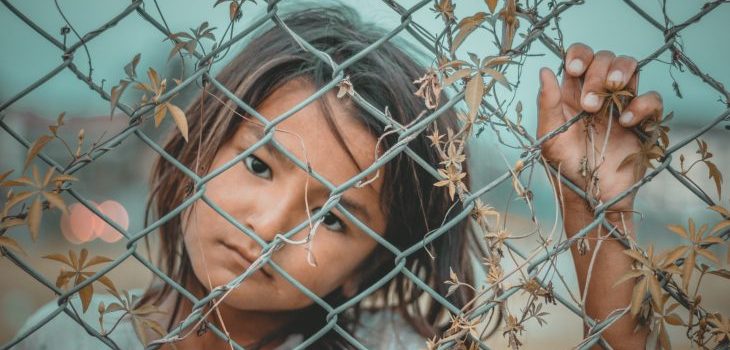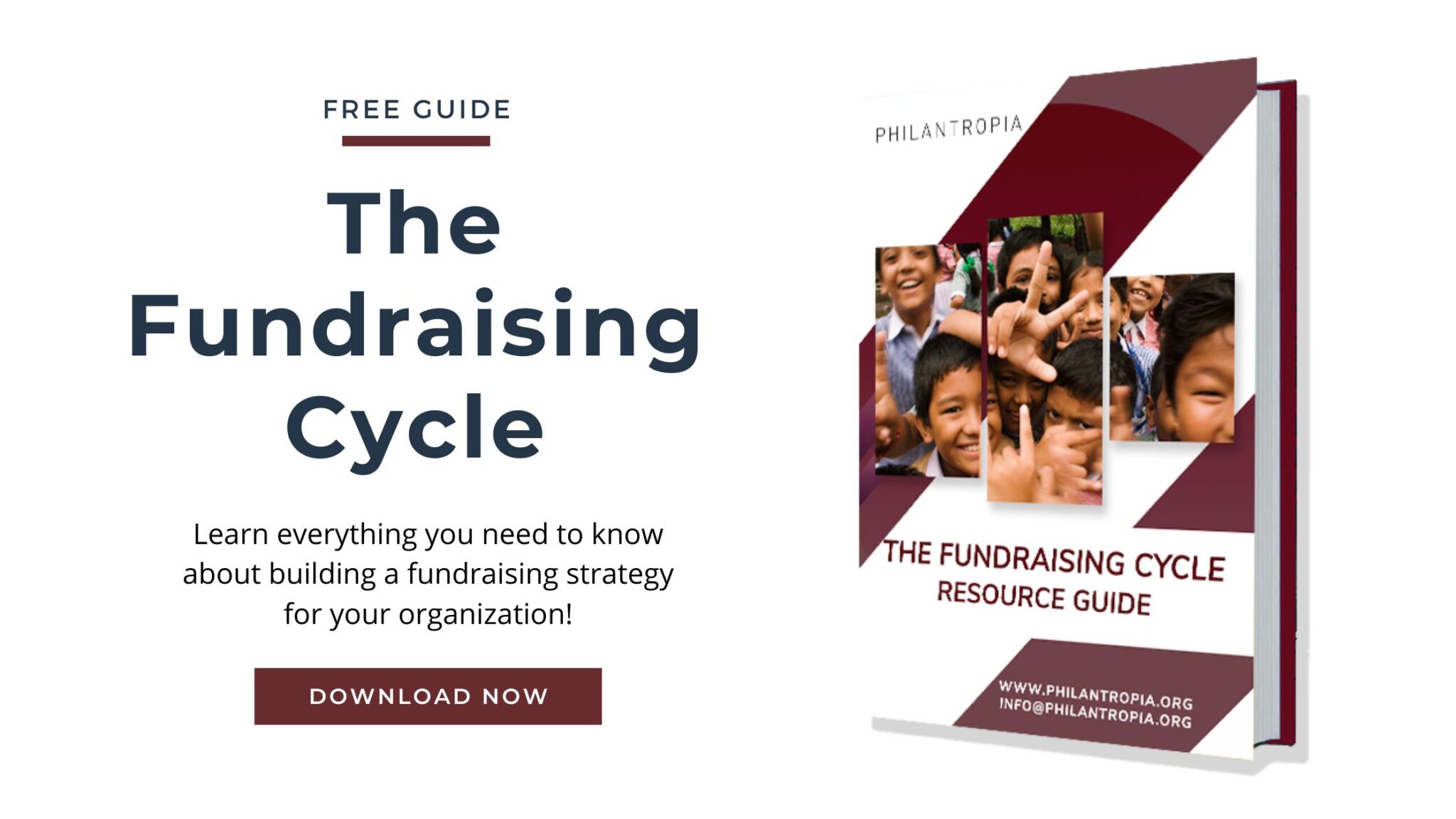Storytelling is as old as human civilization itself. Humans have long used stories to construct their realities. We use storytelling to make sense of our lives, assign importance to certain values, and pass along our wisdom to future generations.
Even in the development sector, donors and NGOs have recognized the importance of storytelling for a while. Donors themselves have been asking for stories of success from their grantees. For their part, NGOs have moved on from producing only annual reports, and are now starting to put a face on their work. NGOs routinely collect the stories of their beneficiaries, highlighting how their efforts have impacted the lives of the people they set out to serve.
For many, these stories are easy to write. You hear them from your beneficiaries, and then you pass them onto your donors. The stories, in a way, appear during field visits.
However, the stories that you tell about your NGO don’t have to be limited to the collection of success stories of your beneficiaries. These stories are important, but they do not belong in a proposal. When it comes to convincing your donors to fund you, there is another story that is just as important, if not more so.
That is the story of your NGO, the main story of why you do what you do.
A proposal is no place to tell a story! Right?
Most NGOs see the proposal as a tool to prove their credibility and experience. It is a place where they make their case to the donor. Many of them see the proposal as a serious piece of writing. And many people have the misconception that filling it only with facts, statistics, and a list of the NGOs very prestigious partners will lend it credibility.
However, while these elements are important, focusing on just facts will make your proposal boring. It is highly likely that donors will not fully read a proposal without a story arc to tie together the various facts, statistics and anecdotes. Such a proposal, of course, is not going to be competitive in the shortlisting process.
Let’s play a little game to illustrate. Working in an NGO, I’m sure you have sat through endless presentations. Think about which presentations you were not even listening to (the majority of them you probably won’t even remember), and now think about which ones actually made you sit up and give your attention. It is highly likely that the very few presentations that engaged you had a strong story arc that helped you make sense of the data and facts that were included. Stories are not just engaging, they are memorable.
So, it makes sense that if you take the time to create the story of your work and use the storytelling approach in your proposal, your proposal will grab the attention of its audience, exponentially increasing your chances in the shortlisting process. Your potential donors might even repeat your story to others, giving you even higher visibility.
But how do you take a collection of facts and figures, and turn it into a story?
I am not saying it will be easy. However, it is not as difficult as it sounds either. There is already latent storytelling in any proposal. After all, in many proposals, you have to provide a description of the problem you are attempting to tackle, describe how you are going to tackle it, describe what the future will look like if you tackle the problem well. And then you have to, make the ask, i.e. invite your audience (the potential donor) to become a part of the solution by buying into your vision, and supporting you with their resources.
However, when you don’t see these various descriptions as elements of a larger story, they do not become part of a coherent whole. They become little collections of facts and figures onto themselves, not presenting any unifying picture. Like pieces of a jigsaw puzzle that have just been thrown around.
The challenge is to polish these elements, and sharpen the story-line by setting up the pieces in a compelling arc that pulls the reader in.
To be able to do this well, let’s try to understand the different elements that make stories so compelling.
So what are the main elements of a compelling story?
All captivating stories have a strong character, a plot, a setting, and they have a conflict that is (usually) resolved by the end of the story.
The character, or the hero of your story is your NGO.
The setting is the country/region/area where you are proposing your work.
The plot is the work that you do.
These are just the facts; a description of who you are, what work you do, and wherein the world you do it. This is the easy part. Unfortunately, many times, these are all the elements that are present in a proposal.
These three elements together are necessary, but not sufficient to make a story.
Think about it. If someone tells you that Arjuna is in Kurukshetra, and has already released 300 arrows from his bow, all of which hit their targets, you will have a good idea of Arjun’s marksmanship, but obviously, the story isn’t as compelling as the real story of the Mahabharat. We have no idea what is at stake, and without knowing why we should care, we are less likely to care.
What are the other elements that make my facts a story?
Storytelling is not engaging without a conflict, crisis or transformation. There needs to be a villain here, who provides you with the conflict for the hero of your story – your NGO – to overcome. This conflict provides you the arc of your storytelling.
Describe the problem you are trying to solve in sufficient detail. The main thing to focus on is to give the audience (the proposal reader) a good sense of the magnitude of the problem. If you do a good job in illustrating just how difficult/large/ignored this problem is, you have done the first job of storytelling – you have hooked your reader.
Next, tell the story of your NGO. Go back to the roots. Why did you start? Why did you set out on a mission to solve this particular problem and not others? Here you can use the facts and figures of what you have achieved so far, but also restate the problem, the gap that still needs to be overcome.
Next, invite your reader, to become a part of the story. To become the hero’s sidekick. To help you on your quest to solve this problem. Think about the things that you need in this partner. Tell them how they have it, and how you would love their support. Once your storytelling involves the donors in your story, they will be invested in the outcome.
In the most compelling stories, the conflict is resolved by the end, satisfying the reader. However, in your proposal, you can just leave the readers in the middle of the conflict, inviting them to join you to resolve it.
After all, the rest of the story is for you two (NGO and donor) to write together.




very effective
This is nice…wouldn’t it better to share directly to subscribed emails do that records are easily retraced. Thanks for this dear writer!!!
Dear Gieon: Glad you like our content. I agree with you, anewsletter is the best platform to reach donors (individual donors) and get them interested on continuous support.
But no NGO can only sustain on only one funding sources . As an NGO you need to focus on grabbing the attention of Grant foundations too, for which you need a proposal, and using the same formula you use in a newsletter- you can make your proposal stronger by adding the stories.
Storytelling is really nice. i enjoyed each night with my son anytime i’m telling him a mid-night story. telling stories to children is nice and good, it helps them to keep the story in their mind. i like telling my son story about history, because they are past event that has happened.
https://www.cardshure.com/military-star-credit-card-login-customer-service/